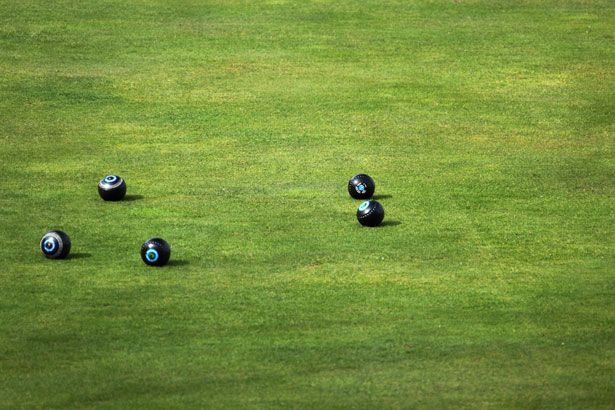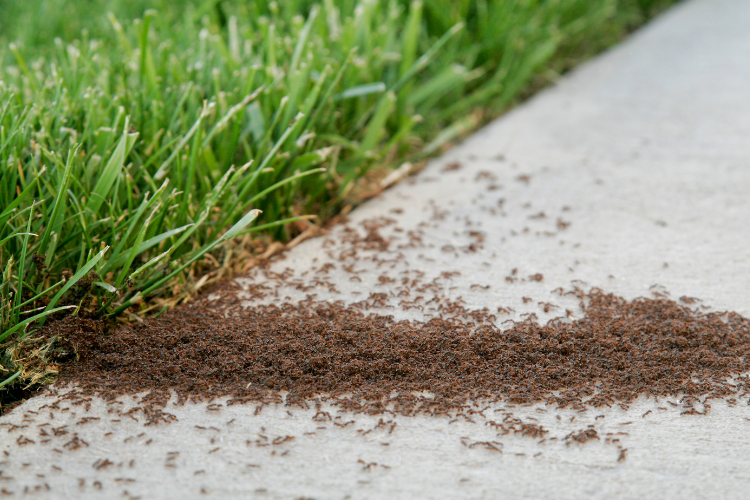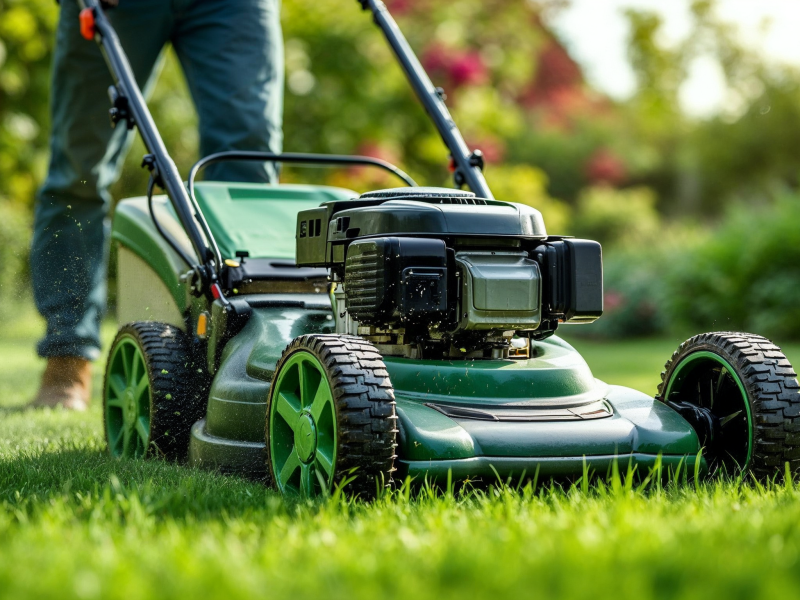The sight of white-clad teams battling it out on the village bowling green is a scene familiar to many of us, but have you ever tried playing the game yourself? While bowls clubs might have rather stuffy reputations, the game itself is fantastically fun and it makes the perfect activity to while away the hours in the garden on a warm afternoon.
Lawn bowling sets can be purchased online and the only other requirement to play the game is a good-sized garden and a few objects to mark out the boundaries. So, if you’re interested in giving this oddly addictive game a try here’s everything you need to know.
Basic rules
Players start the game by flipping a coin, the player who wins the coin toss gets ‘the mat’ meaning they get to go first. The game then begins with the first player standing upon the mat and rolling out the jack. The jack is a smaller ball, usually yellow or white, that becomes the target that players want to get their bowls closest to in order to score points for the rest of the round.
The jack must pass the ‘hog line’ which is a marker that indicates the minimum permissible distance the jack needs to travel; in official games, this is around 26 metres however if you’re playing on a shorter green this will also be shorter too. The jack is then centred in the middle of the rink. Players then take it in turns to try and get their bowls as close as possible to the jack.
Once all bowls have been tossed the player (or team) whose bowl landed closest to the jack wins that ‘end’ and scores one point for each bowl of theirs that is closer to the jack than the opposing side’s closest bowl. The winning team then goes first for the next end (round) of the game. The game continues in this fashion until a player or team achieves a predetermined maximum score, usually 21 points.
Garden/Green requirements
The exact dimensions of bowling greens in official games are dictated by various bowls associations, such as Bowls England. Generally, they require the length of a bowling green to be between 31-40 metres, and for each green to include six rinks.
Rinks are like lanes in ten pin bowling alleys, in that they break the bowling green up into six divisions, allowing players to compete in six places concurrently. Each rink needs to be between 5m-5.8metres wide.
While these rules might sound very constricting, the good news is, as you’re playing bowls in your garden purely for the fun of it, you only need to set up one rink and you can vary its dimensions to suit how much space you have available!
Mark out the boundaries of your rink using some pegs or cones. Real bowling rinks feature a ditch at the end, which bowls can be knocked out of play into. However, there’s no need to get the spade out to dig your own. Instead, use a piece of rope to symbolise the ditch and stop bowls from rolling beyond this point.
Biased bowls

Picking up a bowl for the first time, the first thing you will notice is that they are not actually spherical. Their unique shape makes bowls ‘biased’ meaning when thrown they will naturally pursue a curved trajectory. The ring marking on one of the sides indicates which way the bias tilts towards.
The skill in a game of bowls lies in utilising this curvature to masterfully place your bowl in the best position. On their course bowls are permitted to travel outside of the boundaries of the rink providing they ultimately stop within them.
Shots
There are multiple different types of shot employed by bowlers to take advantage of the inbuilt bias of the bowls. The bowls start to curve as it slows down, therefore the faster the delivery the less it will curve. The two most important shots to understand are the draw shot and the drive shot.
Draw shot
The aim shot is used to roll a bowl to an exact place without disturbing other bowls. A right-handed bowler will either use a ‘forehand draw’ (with the bowl’s large ring closest to their thumb) which will cause the bowl to curve leftwards or by turning the bowl over they can execute a ‘backhand draw’ which will cause a bowl to curve in the opposite direction. This is of course reversed for left-handed players.
Drive shot
These shots are rolled with a considerable amount of speed and force, this minimises the amount of curvature on the bowl. This kind of shot is usually used by players who either want to knock opponents’ bowls away from the jack or completely out of play, or if they wish to hit the jack itself to move it.
Advanced play and tactics
Now you know the basics of scoring and the most common types of shot, it’s time to consider some of the tactics of the game.
Similarly, to croquet, in lawn bowls players can knock bowls on the rink out of play or further away from the jack. If a bowl hits the ditch (or rope!) or lands outside of the side boundaries, it is considered out of play – this means it cannot be counted for scoring and so is removed from play. There is an exception to this rule, however. If a bowl has touched the jack at any point, it should be marked with some chalk to indicate it is a ‘toucher’ — this means it can stay in play even if it hits the ditch (meaning it can be counted towards your score) however if it finishes outside of a side boundary it is still counted as ‘dead’ and taken out of play.
As an end nears its conclusion, it often makes tactical sense for the player/team with a bowl closest to the jack to instead try and employ their bowls to block their opponents from getting close to it, rather than it does for them to try and get their bowls closer to the jack.
Is your lawn bowls ready?
While bowls can be played on most lawns, it is most enjoyable to play it on a level, well-manicured lawn that is weed-free. This allows players to achieve maximum accuracy with their shots. If you want a little help or advice getting the perfect lawn to play a few ends on, why not get in touch and see what we can do?





